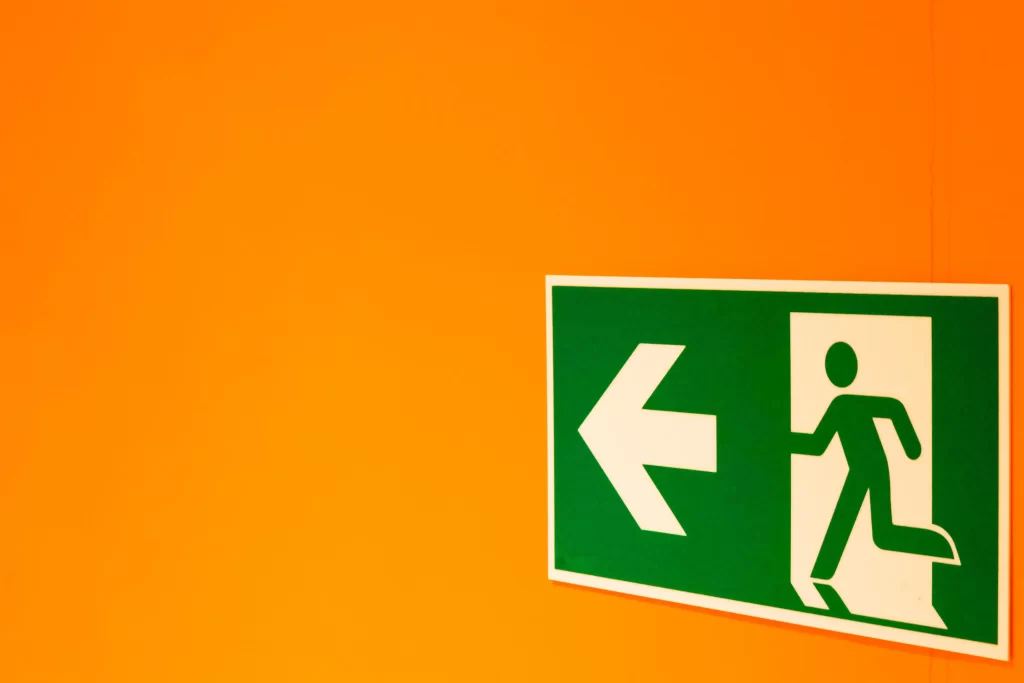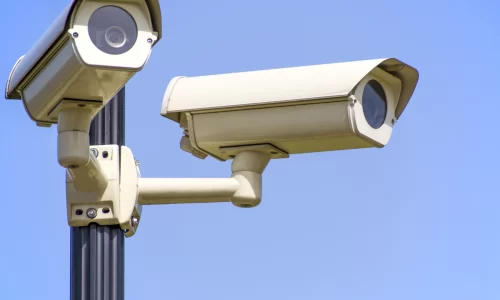In a community association, the board’s role is to ensure your residents’ well-being. So, having an HOA emergency preparedness plan allows you to preserve your community and prevent an emergency from becoming chaos.
We have divided this article into three parts. First, we’ll go through the step-by-step process of crafting an HOA emergency preparedness plan. Then, we’ll list what items can’t be missing on it and why. Lastly, we’ll focus on the importance of communicating efficiently with your residents during a crisis.

1. HOA Emergency Preparedness Plan: A Step-by-Step Process
Role and Responsibilities
To avoid wasting time when an emergency occurs, make sure to define well in advance the roles and responsibilities of each board member in times of crisis. For example, you need to determine who will be in charge of communicating with residents, contacting vendors, assessing damages, etc.
Some HOAs have an Emergency Committee. It’s an effective way to ensure a dedicated group of people with defined roles is in charge of preparing the community for any catastrophes.
Routine inspections and regular photos
At least twice a year, you should inspect your utilities and common areas to ensure they are in order and no repairs are needed. Make sure to note any abnormalities. You may want to ask experts to review some of your amenities. There may be some aspects that only professionals would catch, and they are in the best position to advise you on what to do.
Also, it’s crucial to take pictures during these inspections. Images will be your only proof when you are dealing with your insurance company. You don’t want to be empty-handed when the insurer asks you for evidence.
List the most probable emergencies and assess the potential impact
Depending on where your HOA is, some disasters are more common than others. If you live in Florida, you should be aware of hurricanes. Now, if you live in California, then wildfires may be more common. Start by creating a list of all possible emergencies in order of priority and probability. Then, for each one, write down a worst-case scenario and below possible solutions that can reduce the likelihood of this scenario. Some questions that you can ask yourself to help out the process are:
- What vendors will we need if this scenario happens?
- Does our insurance cover that?
- Who’s our point of contact?
- How will we protect residents?
Once you have listed the emergencies, the worst-case scenarios, and possible solutions, you’re ready to start writing a procedure for each one based on your findings.
Get Trained – The Community Emergency Response Team (CERT) Program
CERT is a free program that educates communities about disaster preparedness for the hazards that may impact their area. The purpose is to train individuals in necessary disaster response skills, such as fire safety, light search and rescue, team organization, and disaster medical operations.
We recommend all board members to get this training and also residents if they want to. This will help you draft an outstanding HOA emergency preparedness plan and be more reactive should a disaster occur. Find your local CERT Program.
2. Items your HOA Emergency Preparedness Plan Must Include
There are many items that you can add to your plan. As long as it’s relevant and useful to the board and the community, then it’s worth adding it. However, some items are necessary, including:
Emergency contacts
List all emergency contacts such as police and firefighters. Board members’ and your manager’s contacts should also be there. Make sure to include mobile and home phone numbers, email addresses, and home addresses.
An updated list of residents
Having a regularly updated list of residents with their contact information is also vital. You should also have their up-to-date emergency contacts so that board members can get in touch if needed.
If you have HOA software, this can be a great tool to store this information, as well as key documents including the plan itself.
Site plan and evacuation plan
Every resident in the community needs to know where they will leave the HOA, in case they are evacuated.
Shelters and Pet-Friendly Shelters
Indicate where your local shelters are and how to find them. In case of a disaster, some roads or paths might be cut, so make sure to provide various ways of accessing them. Also, let your residents know if the shelters are pet-friendly or not and what they should do with their pets.
Meeting Place
Define a safe meeting place within your HOA where everyone can meet in case it’s needed.
List of Vendors
Have a list of vendors ready for damage and repairs, insurance, and so on. It will save you time to have a contact person in each of these companies who already know about your HOA. Making this list available to your residents also gives them the opportunity to contact them for their home issues.
Insurance and Other HOA documents
Having all the essential documents at hand will make it easier to find solutions after a disaster happens. Having them digitized would be even smarter, as you can pass them along by email to whoever needs them. You can store documents online to ensure they don’t become damaged.
Vulnerable Residents
If there are seniors or residents with disabilities living in your HOA, you could assign someone to check up on them if anything happens.
3. Your HOA Emergency Preparedness Plan is only effective if you communicate it efficiently
Now that your plan is ready, it’s time to raise awareness among your residents. Not sharing your HOA emergency preparedness plan makes the whole process useless.
“Preparation through education is less costly than learning through tragedy.” Max Mayfield, Director National Hurricane Center
Before
Before a tragedy happens, there are many ways to prepare your residents. At least twice a year, you can organize educational meetings to go through the plan together. That’s the perfect opportunity for residents to ask questions and add their suggestions.
During
If there’s an emergency, it’s essential to have more than one communication channel to make sure you reach all unit owners.
If you use an HOA communication platform such as Neigbrs by Vinteum, you can send the same message through different channels. For instance, if there’s an emergency, a tree has fallen, and some power lines, you can use smart calls. This sends a call to everyone in the community so they can be instantly notified.
After
Communication is still relevant after the emergency happened. After going through a difficult situation, individuals may be shaken, and that’s the moment when the sense of community is the strongest. As a board member, make sure to be easily reachable for any questions or support. Residents should know how to contact you.
Most importantly, you should provide a way for residents to communicate with each other. You can do this through HOA Software, such as Neigbrs by Vinteum.
Wrapping Up: HOA Emergency Preparedness Plan
Disasters and catastrophes can happen at any moment. Unfortunately, we can’t prevent them. However, preparing an HOA emergency preparedness plan is making sure your community knows how to overcome any emergency.
Using HOA Software, you would be able to better organize and communicate your plan with the whole community. Book a free demo of Neigbrs by Vinteum to discover how award-winning software can help you and our community.








3 Responses